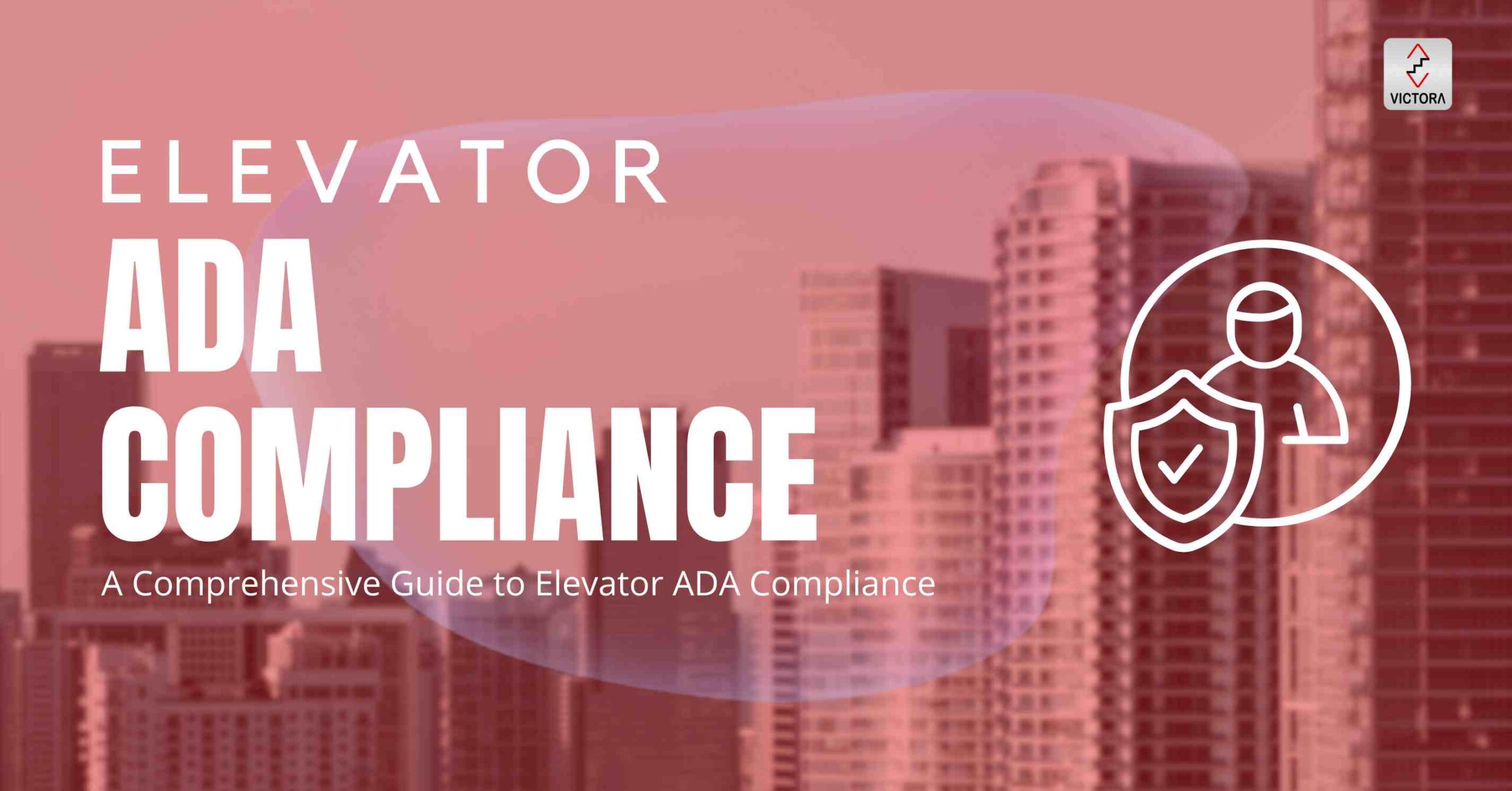
There is an essential need for significant attention to elevator accessibility in public spaces to ensure inclusivity and accessibility for all individuals. It is essential that elevators are accessible to people with mobility challenges and that they are compliant with the Americans with Disabilities Act (ADA).
This comprehensive guide will teach you the most critical aspects of elevator ADA compliance, enabling everyone to navigate buildings seamlessly.
Introduction
In an era of increasing awareness about accessibility, elevators play a vital role in ensuring equal access to buildings for individuals of all abilities. ADA compliance elevator is not just a legal requirement but a crucial step toward creating an inclusive environment.
Understanding ADA Regulations
ADA Standards for Accessible Design
The ADA has established comprehensive standards for accessible design encompassing various aspects of buildings, including elevators. These standards provide guidelines for ensuring that elevators are usable by individuals with disabilities.
Elevator Accessibility Requirements
Elevators must adhere to ADA requirements, such as minimum interior dimensions to accommodate wheelchairs and mobility devices. Additionally, elevators must feature accessible control panels and signage.
Critical Components of ADA Compliance Elevator
Entrance and Interior Dimensions
ADA-compliant elevators must have spacious entrances and interiors to accommodate wheelchairs or scooters. The dimensions are carefully outlined in the ADA standards.
Door Width and Operation
Elevator doors should remain open long enough for individuals using mobility aids to enter and exit comfortably. Moreover, the door-opening force should be within ADA-specified limits.
Button Placement and Braille Signage
Buttons must be placed at a reachable height for wheelchair users. Braille signage alongside buttons ensures that individuals with visual impairments can easily navigate the elevator controls.
Audio and Visual Signals
Elevators should provide both auditory and visual signals for floor announcements. This feature helps individuals with visual or hearing impairments identify their desired floors.
Weight Capacity and Load Factors
ADA guidelines dictate weight capacity limits and load factors for elevators. This prevents overcrowding and ensures safe transportation for all passengers.
Read More: 11 Important Elevator Safety Tips
Retrofitting vs. New Installations
Upgrading Existing Elevators
Bringing older elevators up to ADA compliance involves retrofitting. This process can be complex, requiring integrating modern accessibility features into existing structures.
Installing New ADA-Compliant Elevators
New elevator installations provide an opportunity to design and implement ADA features from the outset. This can streamline compliance and enhance the user experience.
Benefits of ADA Compliance Elevator
Inclusivity and Accessibility
ADA compliance Elevator fosters inclusivity, allowing everyone to access multi-story buildings without limitations. This inclusivity extends to individuals with mobility, sensory, or cognitive impairments.
Legal and reputational Benefits
Compliance with ADA regulations avoids legal issues and enhances an organization’s reputation. It demonstrates a commitment to diversity and accessibility.
Learn More: Lift company in Uttar Pradesh
The Path to Elevator ADA Compliance
Conducting Accessibility Audits
Begin the compliance journey with an accessibility audit of existing elevators. Identify areas that require modification and develop a comprehensive plan.
Planning and Implementing Changes
Based on the audit, plan the necessary modifications. This might include adjusting door mechanisms, adding braille signage, and repositioning buttons.
Regular Maintenance and Inspections
Elevator ADA compliance is an ongoing process. Regular maintenance and inspections ensure that accessibility features remain functional and up to standard.
Overcoming Challenges
Structural Limitations
Some older buildings may have structural limitations that complicate retrofitting elevators. Creative solutions are often required to achieve compliance.
Financial Considerations
Budgetary constraints can be a challenge, especially for smaller businesses. It’s essential to weigh the cost of modifications against the benefits of accessibility.
Conclusion
In conclusion, embracing ADA compliance Elevator goes beyond legal requirements; it’s a fundamental step toward creating a more inclusive and equitable society. By adhering to the guidelines set by the Americans with Disabilities Act (ADA), we ensure that individuals with diverse abilities can navigate public spaces with dignity and autonomy.
Elevators that accommodate wheelchairs offer clear signage, provide auditory cues that fulfill legal obligations, and embody a commitment to diversity and accessibility.
Remember that an accessible world benefits us all, fostering a sense of belonging and demonstrating our collective dedication to ensuring equal opportunities for everyone.
FAQs
- Is elevator ADA compliance mandatory?
Yes, it’s required by law to ensure equal access for individuals with disabilities. - Are there specific dimensions for ADA-compliant elevators?
Yes, the ADA provides precise measurement guidelines, ensuring adequate space for mobility devices. - What if an older building’s structure makes elevator retrofitting difficult?
Creative engineering solutions are often employed to address structural limitations. - Can elevator ADA compliance positively impact my business?
ADA compliance enhances your reputation and broadens your customer base. - How often should elevator accessibility features be inspected?
Regular inspections, ideally conducted annually, help ensure ongoing compliance and functionality.

